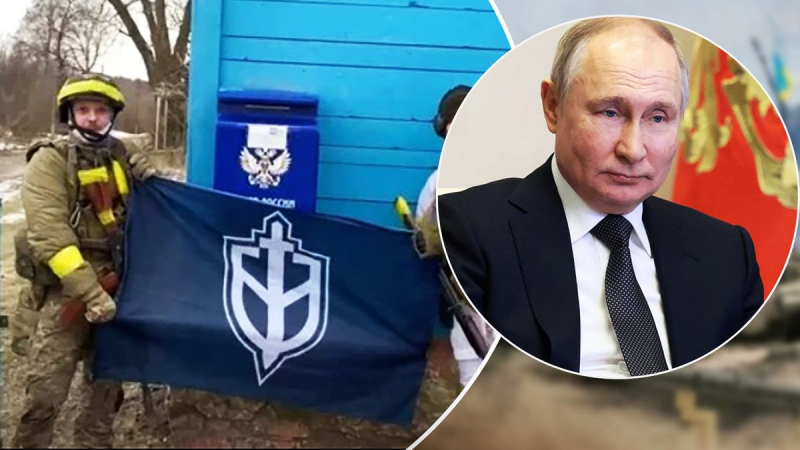
On Thursday, the governor of the Bryansk region said that the “Ukrainian DRG” allegedly entered the territory of the Klimovsky district in the village of Lyubechany. ISW analyzed the situation.
Russian officials continued to release limited information about the March 2 invasion of the Bryansk region, but were unable to provide clarity on what happened, the Institute for the Study of War said.
What really happened in the Bryansk region
On March 2, State Duma deputy Alexander Khinshtein said that during demining near Sushan, Bryansk region, a car of the National Guard of Russia ran into a mine, four fighters were slightly injured. Earlier, Russian authorities claimed that “the attackers mined the territory before leaving.”
The FSB on March 3 released edited footage of the likely aftermath, showing two civilian vehicles with significant bullet damage and dead drivers. One ISW analyst notes that these footage shows little to no local identification that could support the FSB's claim.
The head of the Russian Volunteer Corps, who claimed responsibility for the invasion, said on March 3 that Ukrainian officials had given permission for the invasion. The Investigative Committee of Russia did not confirm the statement of the Volunteer Corps, announcing that it had begun an investigation into the actions of “Ukrainian saboteurs.”
Russian officials and milbloggers have issued further allegations accusing Western countries of being directly involved in the invasion. The Russian Foreign Ministry said the attackers used NATO-provided weapons during the invasion and accused NATO countries of being “accomplices in the operation.”
Propaganda media circulated a statement by a milblogger that the Russian Volunteer Corps has an indirect connection with the UK through the Azov Regiment. ISW cannot confirm any claims by the Russians or the Russian Volunteer Corps about what actually happened on the spot.
How Putin reacted to the events in the Bryansk region
Russian sources widely claimed that Putin held a meeting to “discuss antiterrorist security measures” in response to Bryansk. The Russian dictator used his speech to outline new, albeit limited, measures to support Russian soldiers fighting in Ukraine and announced that all families of soldiers who died in Ukraine will receive the standard insurance coverage provided by law, a one-time cash assistance of 7.4 million rubles. .
Putin also called for providing “appropriate payments” to the wounded in Ukraine in the form of insurance payments and lump-sum payments in case of injury. The head of the Kremlin continues to use public speaking to expand promises of social support for existing military personnel, potentially to quell internal discontent and incentivize those already at war, but does so instead of formulating specific goals or identifying additional resources or measures to be taken for the future of the war.

